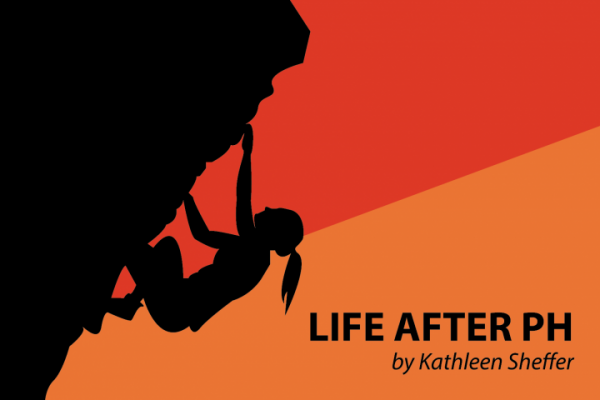How My Parents Raised Me to Be a Survivor, Not a Victim
The cover of New York magazine’s Nov. 27-Dec. 10, 2017 issue features a child with cystic fibrosis (CF), whose mother, Jen Gann, is filing a wrongful-birth lawsuit. Her midwife failed to deliver the results of genetic testing that revealed…


